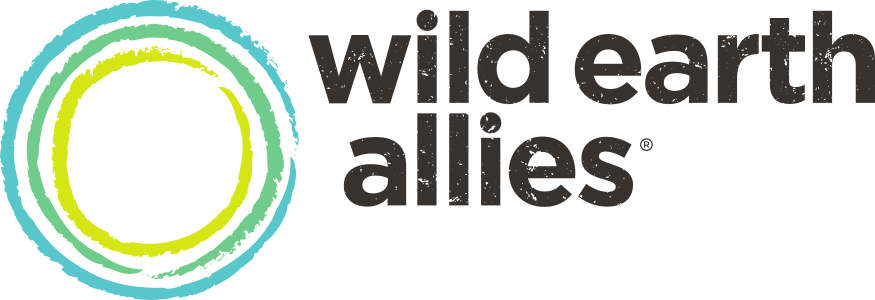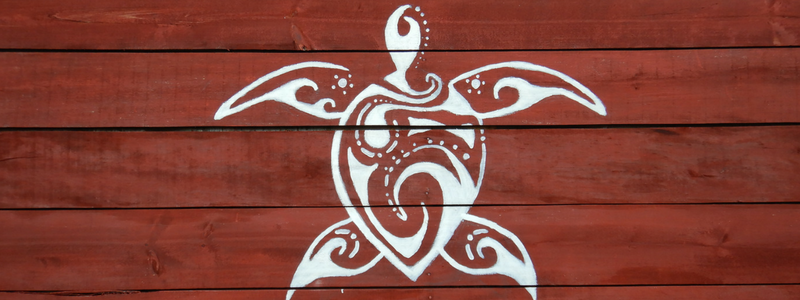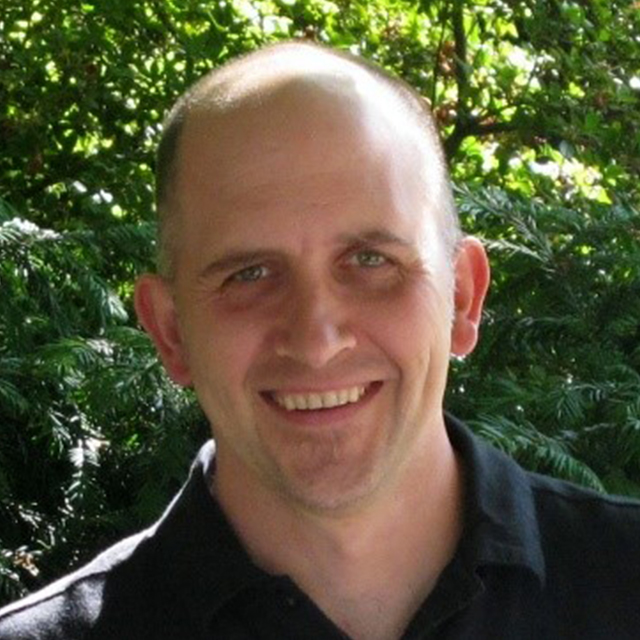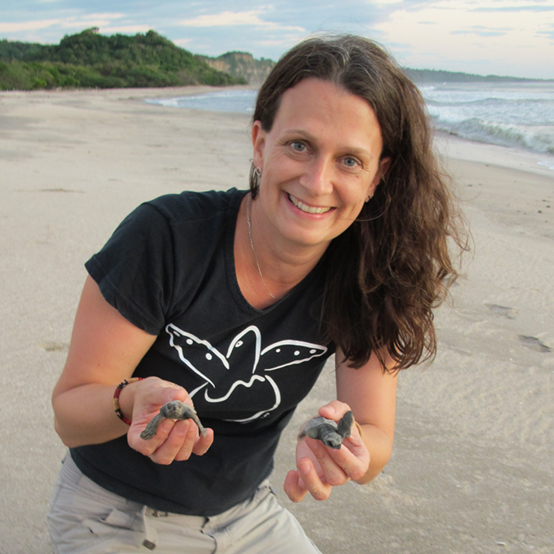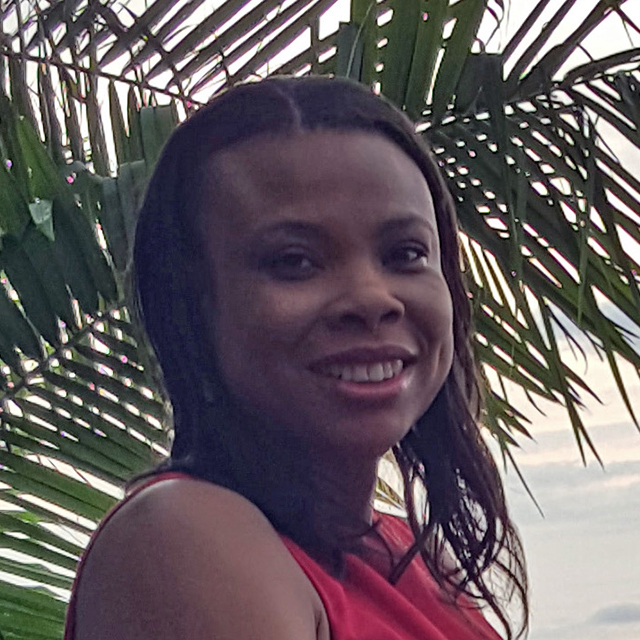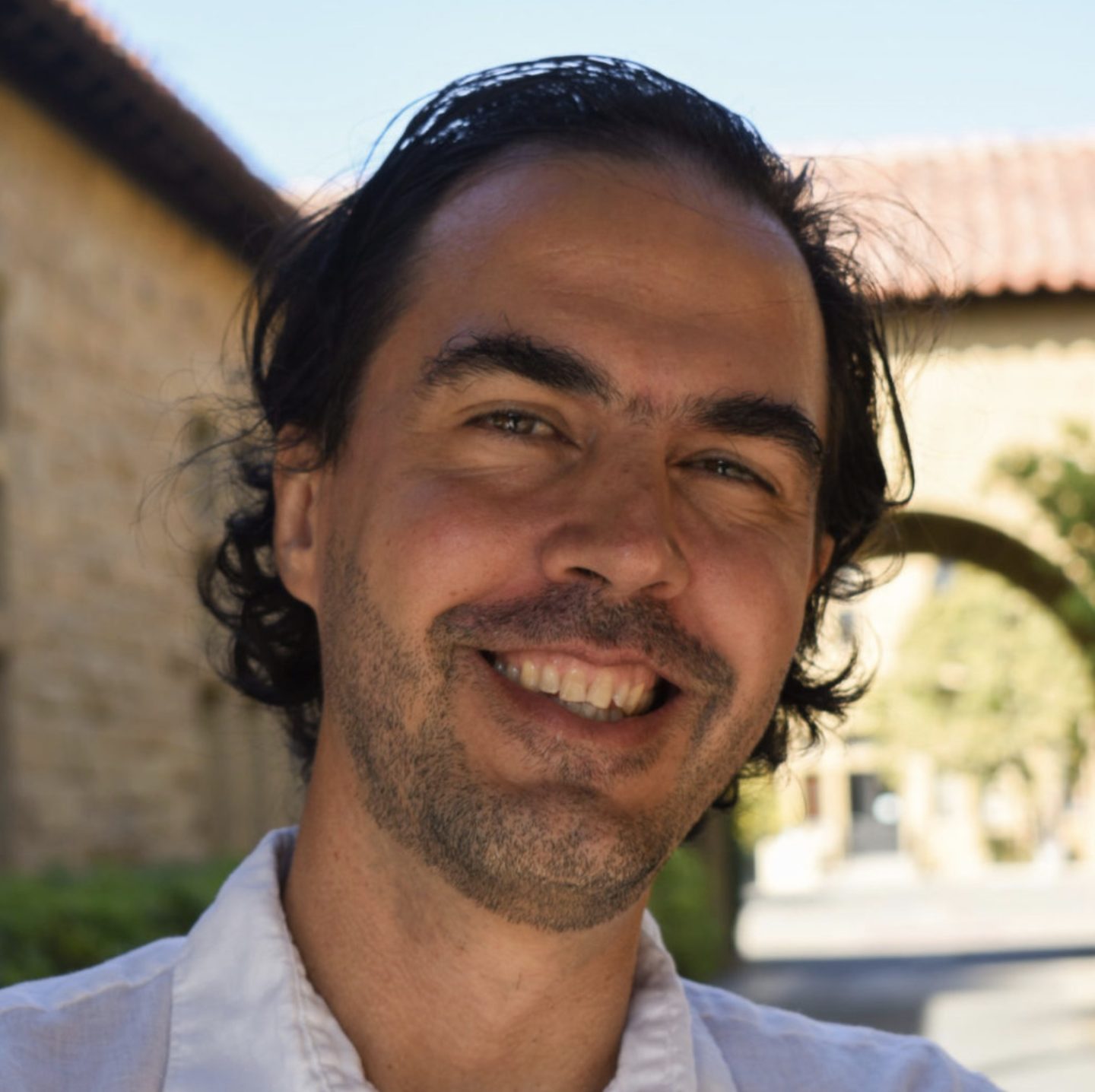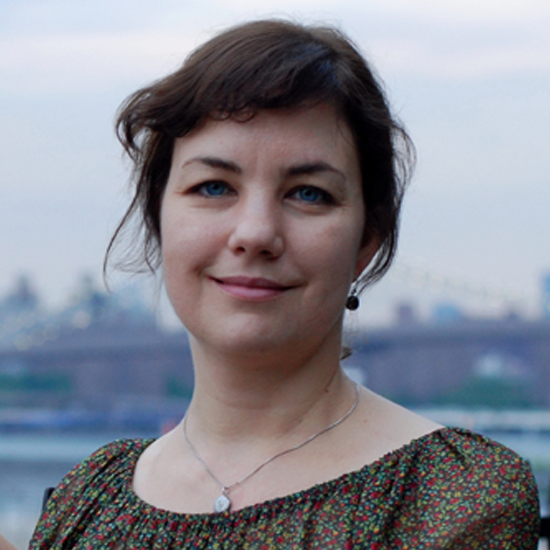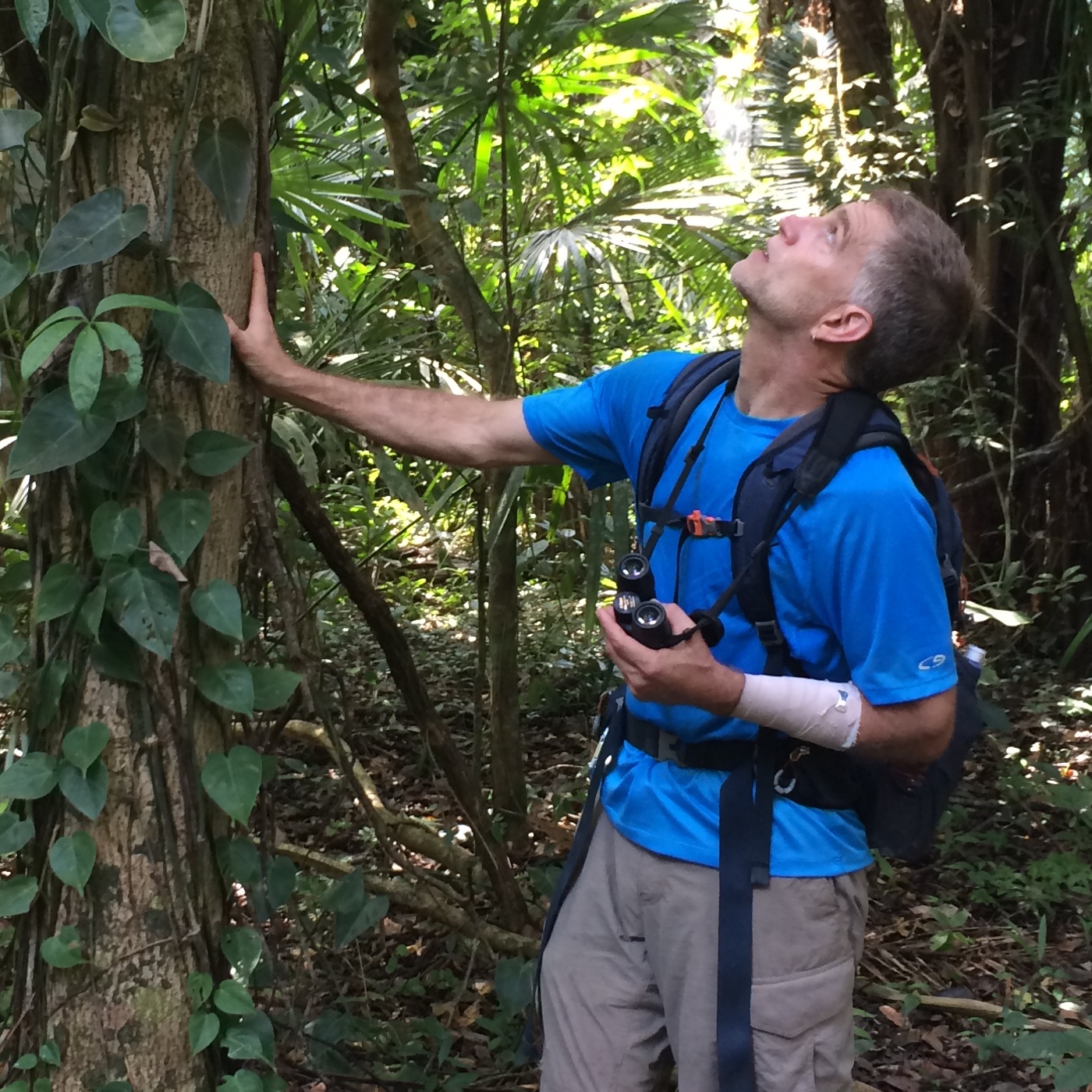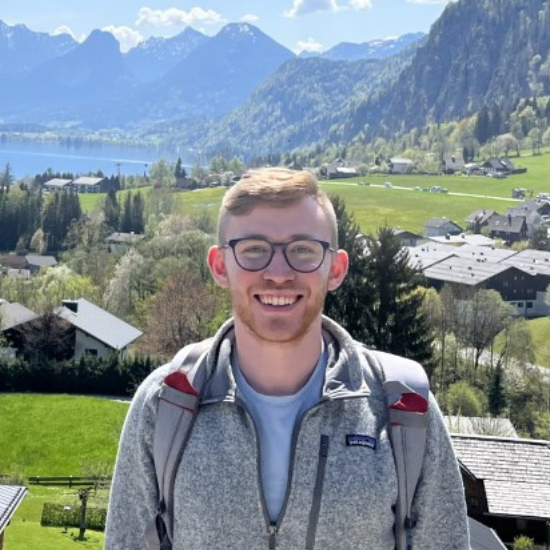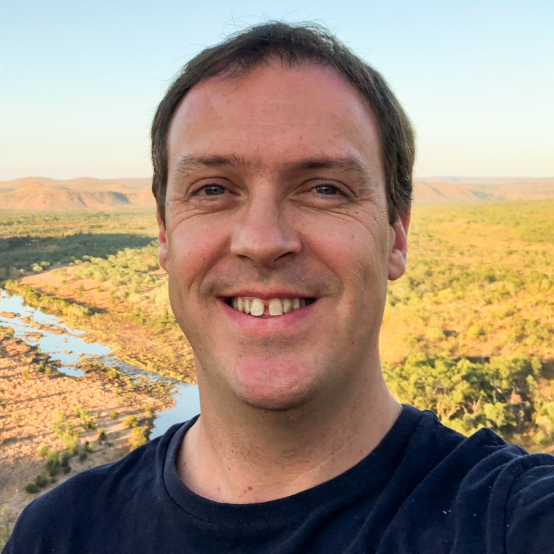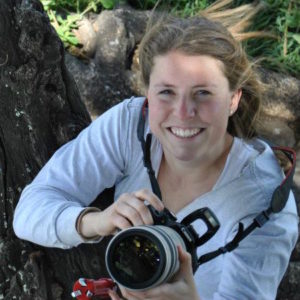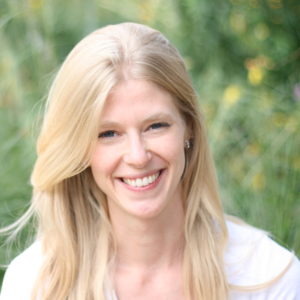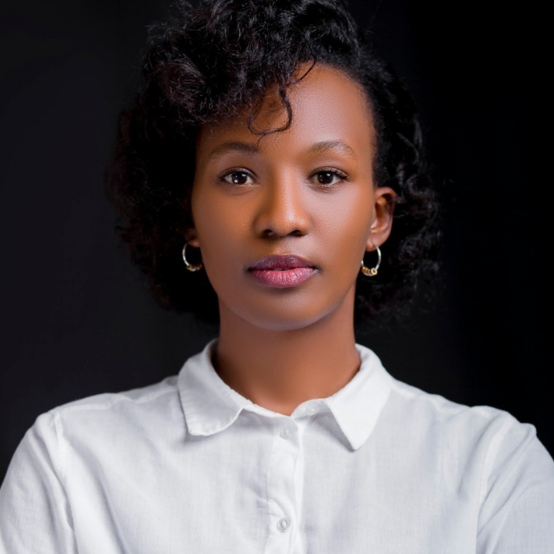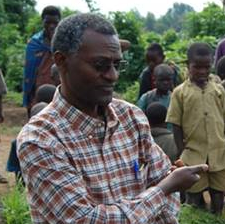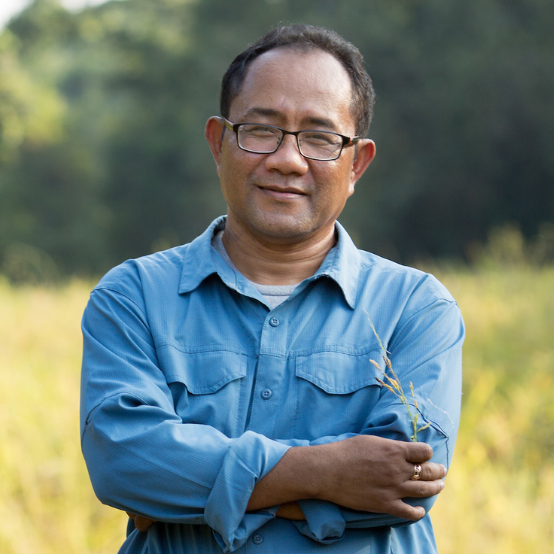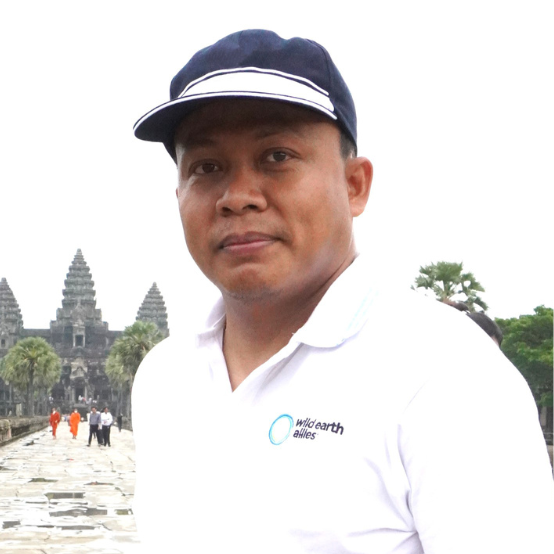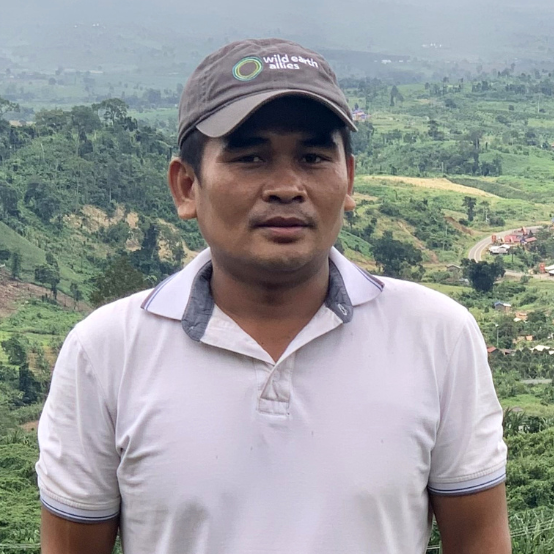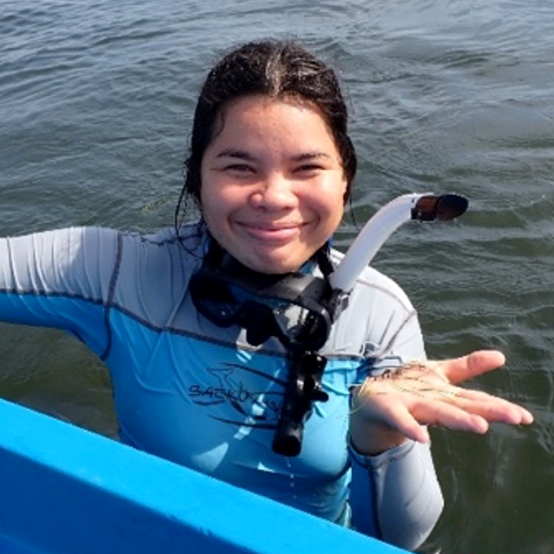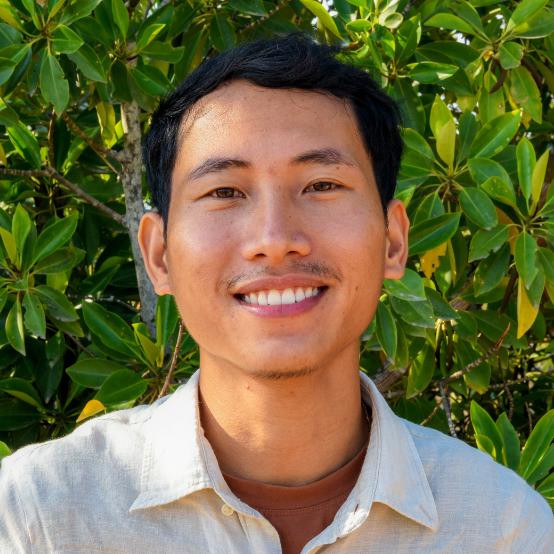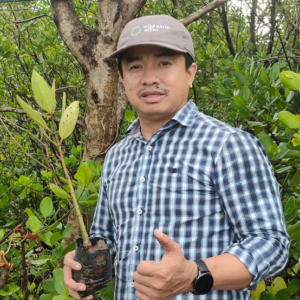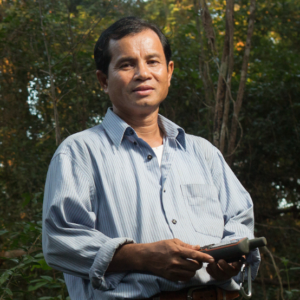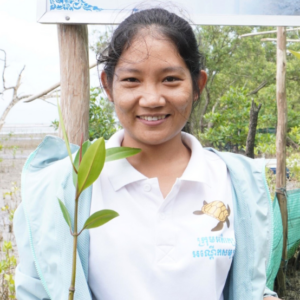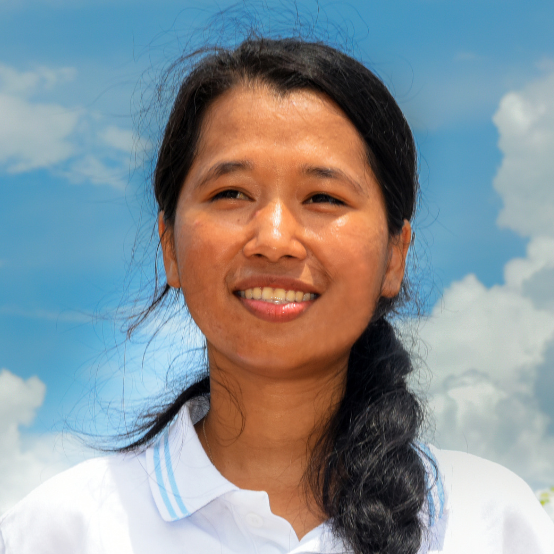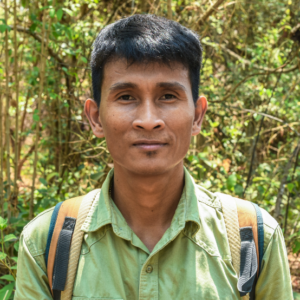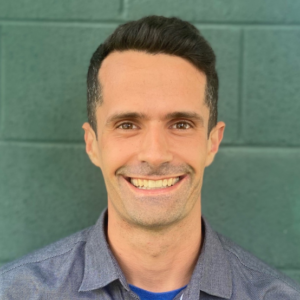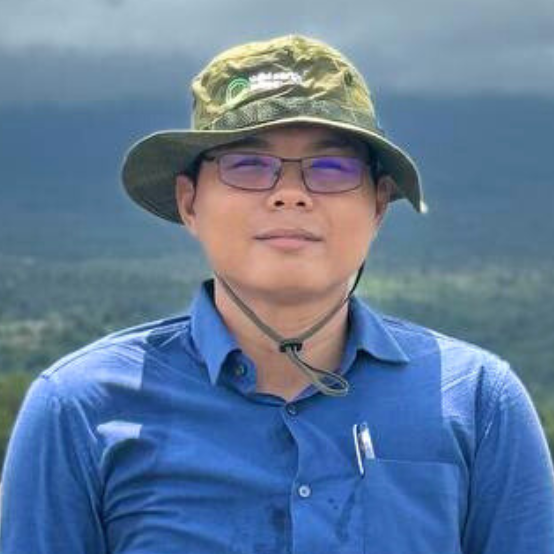I am not convinced our partners at ProCosta sleep during the hawksbill turtles nesting season in El Salvador’s Bahía de Jiquilisco (or Jiquilisco Bay). And this season has been one for the record books. The team has been welcoming between two and five females to nest every night since April, and for one busy night in July, a total of nine! At this rate, the team is on pace to release more than 10,000 hatchlings by the end of the season.
This is a triumph for the critically endangered marine turtle. Just ten years ago, it was widely believed hawksbills were wiped out in the entire eastern Pacific region. But local fishermen along El Salvador’s coast knew otherwise and showed the ProCosta team where to find them. Since then, ProCosta has worked closely with coastal communities to protect nests and help the hawksbill population recover.
ProCosta is a Salvadoran NGO that works closely with coastal fishing communities to protect marine biodiversity in El Salvador while contributing to people’s livelihoods. Since beginning hawksbill conservation in 2008, ProCosta (previously ICAPO–El Salvador) has led essential hawksbill research and recovery efforts in Jiquilisco Bay.
I had the privilege of visiting ProCosta and the communities with whom they work during this especially exciting nesting season. I traveled with our Conservation Director, Adam Henson, and award-winning photojournalist, Allison Shelley who documented ProCosta’s ongoing work and environs. In coming weeks, we’ll share Allison’s remarkable images in a blog series. In the meantime, these are just a few stories from our visit.
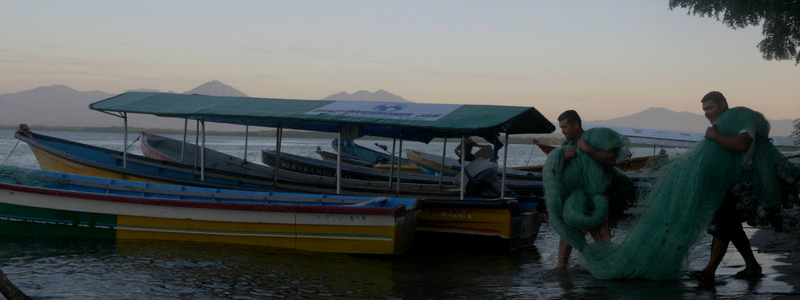
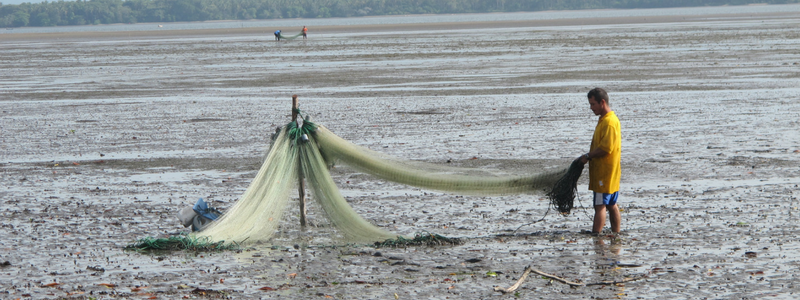 Before ProCosta began their work with the community ten years ago, many local people also collected hawksbill eggs as a food source or to sell at local and national markets. Today, these former “egg collectors” work with ProCosta to find nesting females and relocate their eggs for protection in closely-monitored hatcheries. As a result of this collaborative approach, ProCosta has converted a near 100% nest poaching rate to a 95%+ protection rate today. Alexander (shown here cleaning his net) was one of the first participants in this program. He also happened to discover the first nesting female of our trip while fishing early morning.
Before ProCosta began their work with the community ten years ago, many local people also collected hawksbill eggs as a food source or to sell at local and national markets. Today, these former “egg collectors” work with ProCosta to find nesting females and relocate their eggs for protection in closely-monitored hatcheries. As a result of this collaborative approach, ProCosta has converted a near 100% nest poaching rate to a 95%+ protection rate today. Alexander (shown here cleaning his net) was one of the first participants in this program. He also happened to discover the first nesting female of our trip while fishing early morning.
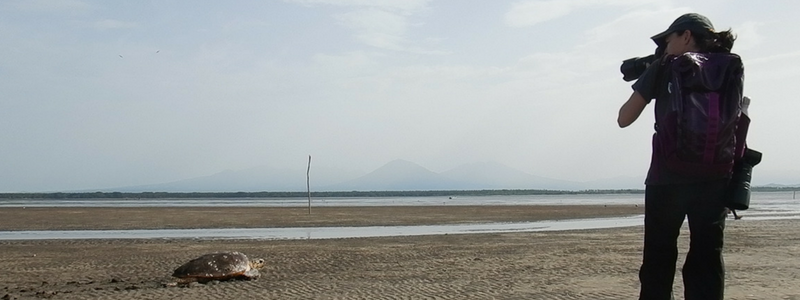 After the female safely returned to sea, photographed here by Allison Shelley, we returned to her nest to retrieve the eggs. Hatchery managers gently excavated the nest and counted the eggs – nearly 150! We transported the eggs via a short boat ride to the hatchery where the team dug a nest to mimic natural conditions. For the next 45-50 days, the team will monitor nest temperature and humidity and adjust shading to optimize incubation conditions.
After the female safely returned to sea, photographed here by Allison Shelley, we returned to her nest to retrieve the eggs. Hatchery managers gently excavated the nest and counted the eggs – nearly 150! We transported the eggs via a short boat ride to the hatchery where the team dug a nest to mimic natural conditions. For the next 45-50 days, the team will monitor nest temperature and humidity and adjust shading to optimize incubation conditions.
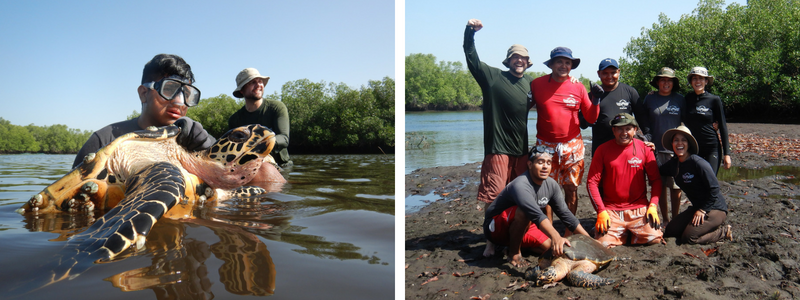 Tides dictate much of the team’s schedule, and because it was low-tide, it was time to conduct an in-water survey of hawksbills. We traveled upstream to narrow, mangrove-lined inlets where juveniles forage and we found three hawksbills feeding on sponges that grow on mangrove roots. The team expertly and gently moved the turtles to a muddy bank, where we tagged turtles and collected relevant data (size, weight, DNA sample). These data allow the team to track turtle growth rates and population trends – critical information when working with critically endangered species.
Tides dictate much of the team’s schedule, and because it was low-tide, it was time to conduct an in-water survey of hawksbills. We traveled upstream to narrow, mangrove-lined inlets where juveniles forage and we found three hawksbills feeding on sponges that grow on mangrove roots. The team expertly and gently moved the turtles to a muddy bank, where we tagged turtles and collected relevant data (size, weight, DNA sample). These data allow the team to track turtle growth rates and population trends – critical information when working with critically endangered species.
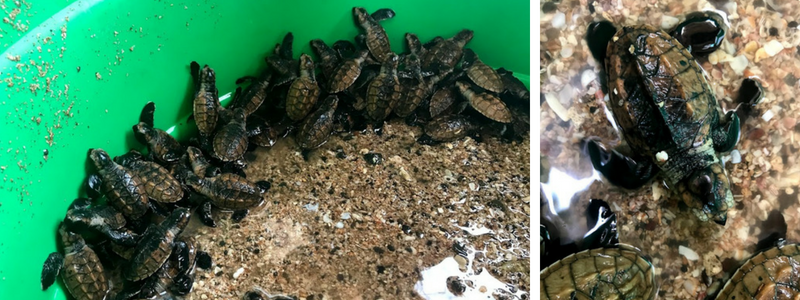 Later in the day, we received word that hatchlings were emerging. We returned to the hatchery and watched as tiny hatchlings dug themselves out of the sand. The team waited until after dusk to release them to sea when fewer predators are out. Commonly known as the “lost years,” it is unknown where sea turtle hatchlings go before returning to nest as adults some 20 years later. ProCosta intends to answer this question, at least for hawksbills, through the in-water monitoring program and GPS tagging next year.
Later in the day, we received word that hatchlings were emerging. We returned to the hatchery and watched as tiny hatchlings dug themselves out of the sand. The team waited until after dusk to release them to sea when fewer predators are out. Commonly known as the “lost years,” it is unknown where sea turtle hatchlings go before returning to nest as adults some 20 years later. ProCosta intends to answer this question, at least for hawksbills, through the in-water monitoring program and GPS tagging next year.
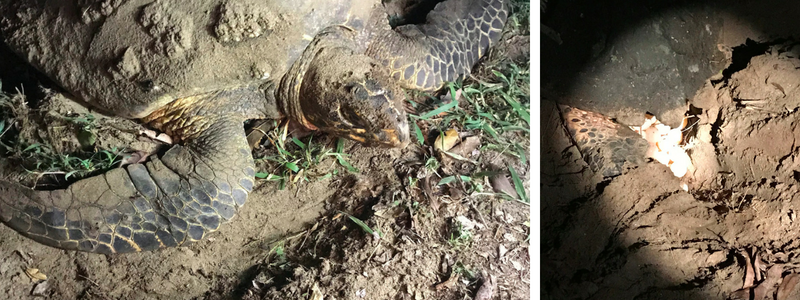 At last, we laid to rest for a few hours in preparation for nesting females that night. Around 2:00 am, we received a call from one of the “egg collectors.” He had spotted a nesting female just across the estuary. We grabbed our gear and hustled to the boat. As we drove silently across the pitch-black water, I realized there were dozens of flashlights bobbing along every shoreline in sight. They belonged to members of ProCosta’s local egg-collector network, all searching for the next hawksbill.
At last, we laid to rest for a few hours in preparation for nesting females that night. Around 2:00 am, we received a call from one of the “egg collectors.” He had spotted a nesting female just across the estuary. We grabbed our gear and hustled to the boat. As we drove silently across the pitch-black water, I realized there were dozens of flashlights bobbing along every shoreline in sight. They belonged to members of ProCosta’s local egg-collector network, all searching for the next hawksbill.
Watch for new stories featuring Allison Shelley’s images on Facebook and Twitter, sign up for our emails, or visit our website.
Follow ProCosta news on Facebook and Instagram.
Kelly Hogan is Wild Earth Allies’ Program & Philanthropy Associate.

